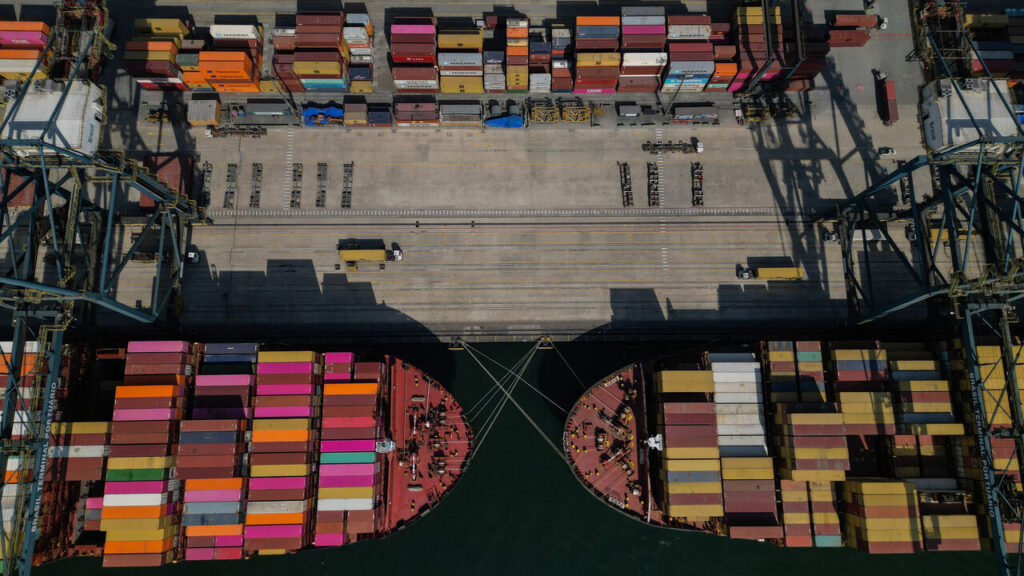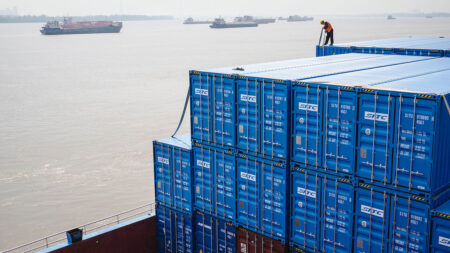In 2022, the United States imposed tariffs averaging 2% on its imported goods, which initially seemed manageable for the country’s economy. However, in the wake of President Donald Trump’s trade war, this rate has escalated dramatically. Currently, the “effective” tariff rate has surged to over 16%, marking the highest level of such charges since the 1930s. This significant increase in tariffs reflects the shifting landscape of international trade relations, characterized by rising nationalistic sentiments and protective economic policies.
The looming possibility of higher tariffs has become a pressing concern for both domestic businesses and foreign trading partners. President Trump has issued stern warnings to many of America’s most prominent trading allies, indicating that further levies could be imposed as early as August 1st. This aggressive approach underscores the administration’s emphasis on recalibrating America’s trade balance and prioritizing domestic industries over foreign competitors. These strategies may be rooted in a desire to protect American jobs; however, they raise questions regarding the longer-term effects on economic relationships and global trade harmony.
As trade tensions escalate, various sectors within the U.S. economy face potential repercussions. Industries that rely heavily on imported materials may find themselves grappling with increased costs, which could ultimately be passed on to consumers. For instance, manufacturers in the electronics, automotive, and consumer goods sectors often depend on components sourced from overseas. Higher tariffs could disrupt their supply chains, lead to production delays, or compel them to seek alternative suppliers, potentially from countries that are less economically efficient.
Conversely, some American industries may benefit from the heightened tariffs. Domestic producers could experience an increase in demand for their goods as imported products become more expensive. For example, American steel and aluminum manufacturers may see a resurgence as tariffs make imported metals pricier, thus providing a competitive edge for local products. However, this shift may not be uniform across all sectors, and it also introduces volatility to industries that already struggle to compete internationally.
In the broader context, the trade war initiated under Trump’s administration has significant implications for global markets. Countries affected by these tariff increases may respond with retaliatory actions, further complicating the international trade environment. For instance, nations that export to the U.S. may implement their own tariffs, targeting American goods as a form of reprisal. These actions can create a tit-for-tat scenario that escalates tensions, potentially leading to a full-blown trade war that could have damaging consequences for all involved parties.
Moreover, the unpredictability of trade policies can deter foreign investment. Investors typically seek stable environments for their capital, and the ongoing trade dispute creates uncertainty that could drive them away from the U.S. market. Additionally, businesses may become more cautious in their expansion plans, fearing that increased costs from tariffs could erode profit margins and economic growth potential.
In conclusion, the significant rise in U.S. tariffs from an average of 2% to over 16%, prompted by President Trump’s trade war, marks a pivotal moment in American economic policy. As the administration continues to threaten further levies against key trading partners, the implications for both domestic industries and foreign relations are profound. While certain sectors may thrive, many others face rising costs and operational challenges. The ripple effects of these tariffs extend beyond America’s borders, affecting global trade dynamics and investment trends. As the situation continues to evolve, stakeholders across the spectrum will need to navigate this complex and precarious landscape with caution.









